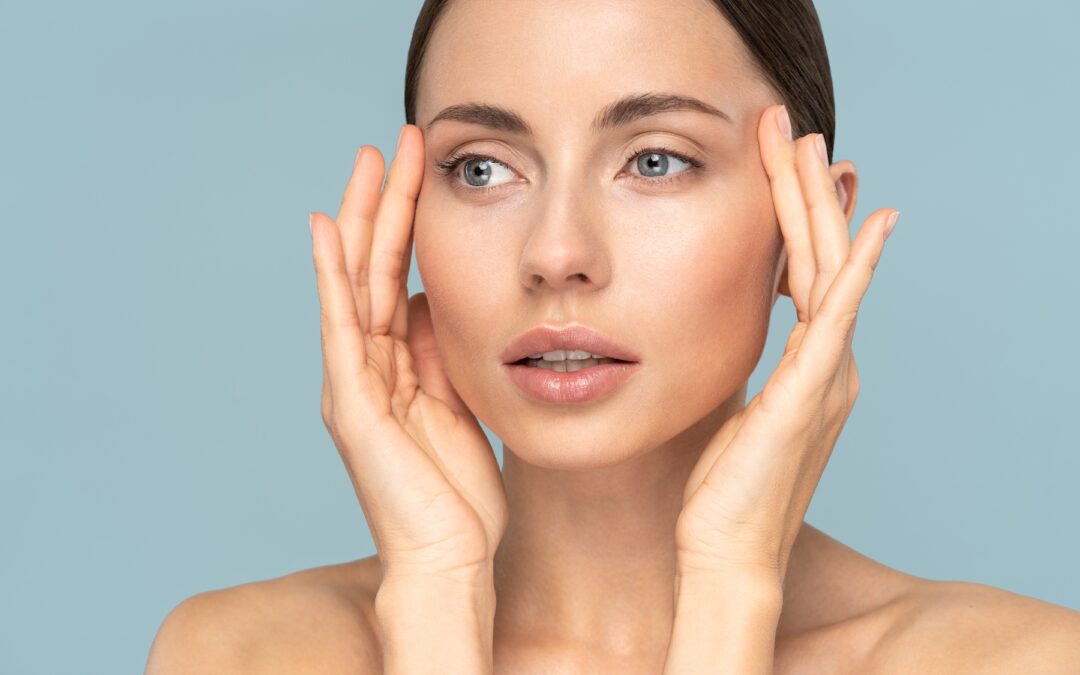
Thermage vs Ultherapy: Choosing the Right Anti-Aging Procedure
When you want to look your best but don’t want to endure invasive procedures, two of your best options are Thermage and Ultherapy. Both promise to tighten your skin and remove wrinkles without surgery, but which one is right for you?
To help you decide, let’s take a closer look at these two no-cutting-but-cutting-edge beauty procedures that can help you regain your healthy youthful glow and take years off your appearance.
Thermage: Heating Things Up
Thermage is a non-invasive and FDA-cleared skin rejuvenation procedure that treats crow’s feet, crepey skin, jawline jowls, upper eyelid hooding and sagging, and loose skin on the body.
Thermage tightens the skin and removes wrinkles on your face and body. This versatile beauty treatment is safe for all skin tones and types and can be used almost anywhere on your body:
- Around the eyes
- Along the jawline
- Backs of the hands
- Arms
- Stomach
- Knees
- Thighs
- Butt
Thermage uses radiofrequency energy to heat the dermis — the layer just below the surface of your skin – to between 104 degrees and 131 degrees Fahrenheit, triggering an immediate collagen contraction. As new collagen slowly develops, you will be blessed with firmer, smoother, and tighter skin.
As an added bonus, Thermage has been cleared by the FDA as a treatment that temporarily improves cellulite and dimpled skin. Thermage gives you smoother, more beautiful skin by stimulating collagen growth and increasing circulation.
Best of all, Thermage treats sagging skin in one treatment, eliminating downtime.
Ultherapy: Sounding Things Out
Likewise, Ultherapy is also non-invasive and FDA-cleared. It lifts and firms the skin on the face, neck, and chin and reduces fine lines and wrinkles on the upper chest.
As the name suggests, Ultherapy utilizes focused ultrasound heat energy to stimulate collagen growth. Even better, providers can use ultrasound imaging to specifically target the tissues that need the most help. Ultherapy penetrates deeply into skin layers that once were only accessible through invasive surgical means.
Best of all, the results of this single-treatment, no-downtime procedure improve over time.
Comparing Thermage and Ultherapy
The ultrasound energy used in Ultherapy reaches the deepest skin layers easier than the RF technology utilized by Thermage. This means that each procedure is superior for different types of problems.
Thermage:
- Better at reducing wrinkles and bulges
- Produces noticeable results faster
- 45- to 90-minute sessions
Ultherapy:
- Tightens skin better
- More precise
- Less painful
- Produces longer-lasting results
Making the Right Choice for You
Thermage and Ultherapy both have distinct advantages for similar issues. Choosing the right one depends on your specific skin problems and beauty goals.
If you live in the Chicago area, your first and best resource is Beauty and Body by Mia. As one of the area’s leading aestheticians, Mia Valleskey can help you achieve your beauty goals and enjoy a more youthful and healthy appearance.
To learn about skin rejuvenation or to schedule a consultation, contact Beauty and Body by Mia TODAY

